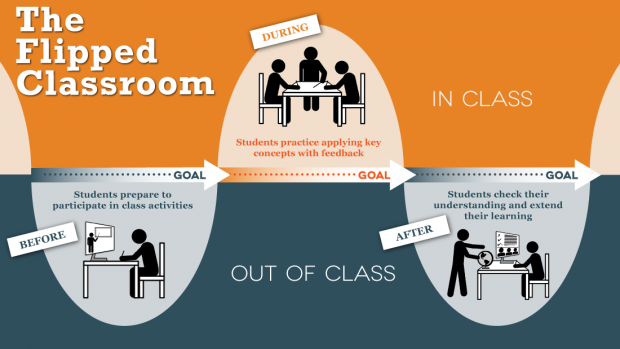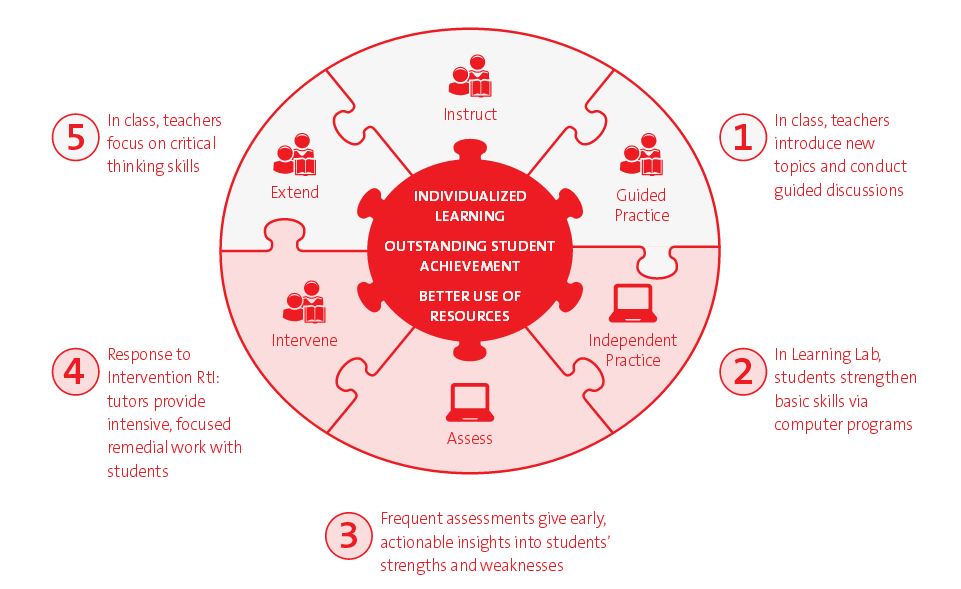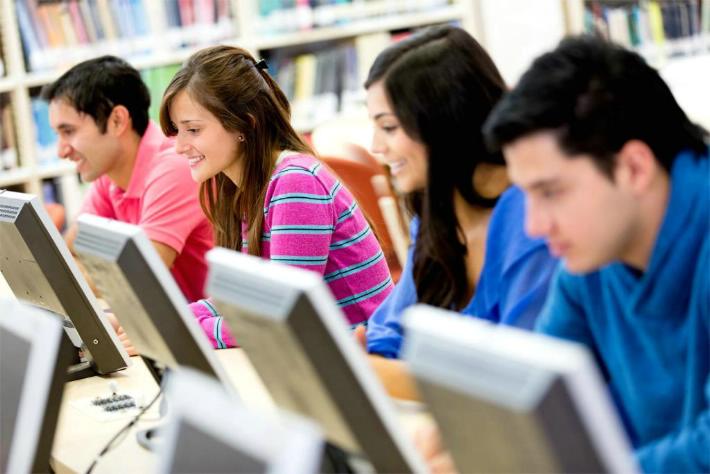
Active learning
This is an educational methodology that takes advantage of new technologies to drive a more active role for each student in the acquisition of knowledge.
Active learning is at the core of the GoConqr offering. Students are given access to tools and suggested content so that they can engage actively with the learning content. And students who are engaged in education are more likely to achieve their learning objectives.
Discover resources for active learningFlipped classroom
With the Flipped Classroom, the information exchange in class is no longer unidirectional, as the student has the tools to participate more frequently and to continue the lessons from home. Students can do exercises and learn subjects when they leave class, without the need to have the teacher constantly assessing them in real time.
A suitable method to provide greater initiative and independence to students from an early age, giving them wings to eventually become active members of society.


Blended learning
Blended Learning is one of the multi stage educational methodologies through which the teacher acquires a better understanding of the weaknesses and strengths of each of their students.
In this way, the teacher is able to help to each student in a personalized and effective way, recommending the resources that best fit the students’ particular needs adapting to their learning style as necessary. You can also apply the visual learning style to enrich the classes with images and videos that serve as a guide for the students.
Learn the tools of blended learningProblem-based learning
This educational methodology has the main objective of reinforcing students’ ability to work in groups, cooperate productively and work towards a defined outcome. Normally, in classes where problem-based learning is applied, the teacher poses a dilemma to the students and gives them a set time to solve it in a group.
In this way, students are empowered from childhood, learning one of the most essential qualities in the work environment: the ability to collaborate in a team.


Frequent evaluation
With this educational methodology, teachers should constantly and carefully review the progress that their individual students make. Frequent evaluation implies a greater involvement for teachers in the revision of exams, tasks and duties; which inevitably implies a greater workload.
It’s increasingly common for teachers to use online correction tools that facilitate these tasks and, consequently, allows students get feedback promptly and continuously.
Carry out frequent evaluation with our testsRapid Learning
The objective of this methodology is to offer intensive, short-form learning so that students can study from home in a matter of minutes. Through online courses and by inserting different online resources, this method enables students to acquire knowledge without the need to have a teacher that is constantly guiding them.
Its main strength is that it can be applied anywhere and allows students to be as productive as possible when it comes to learning a new topic.


